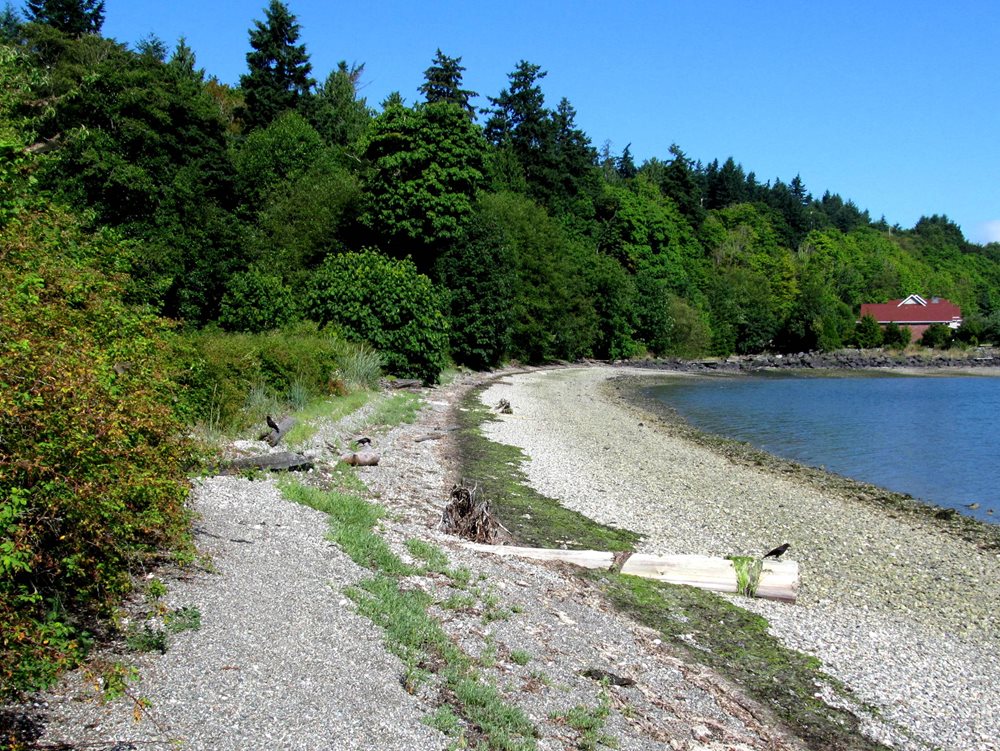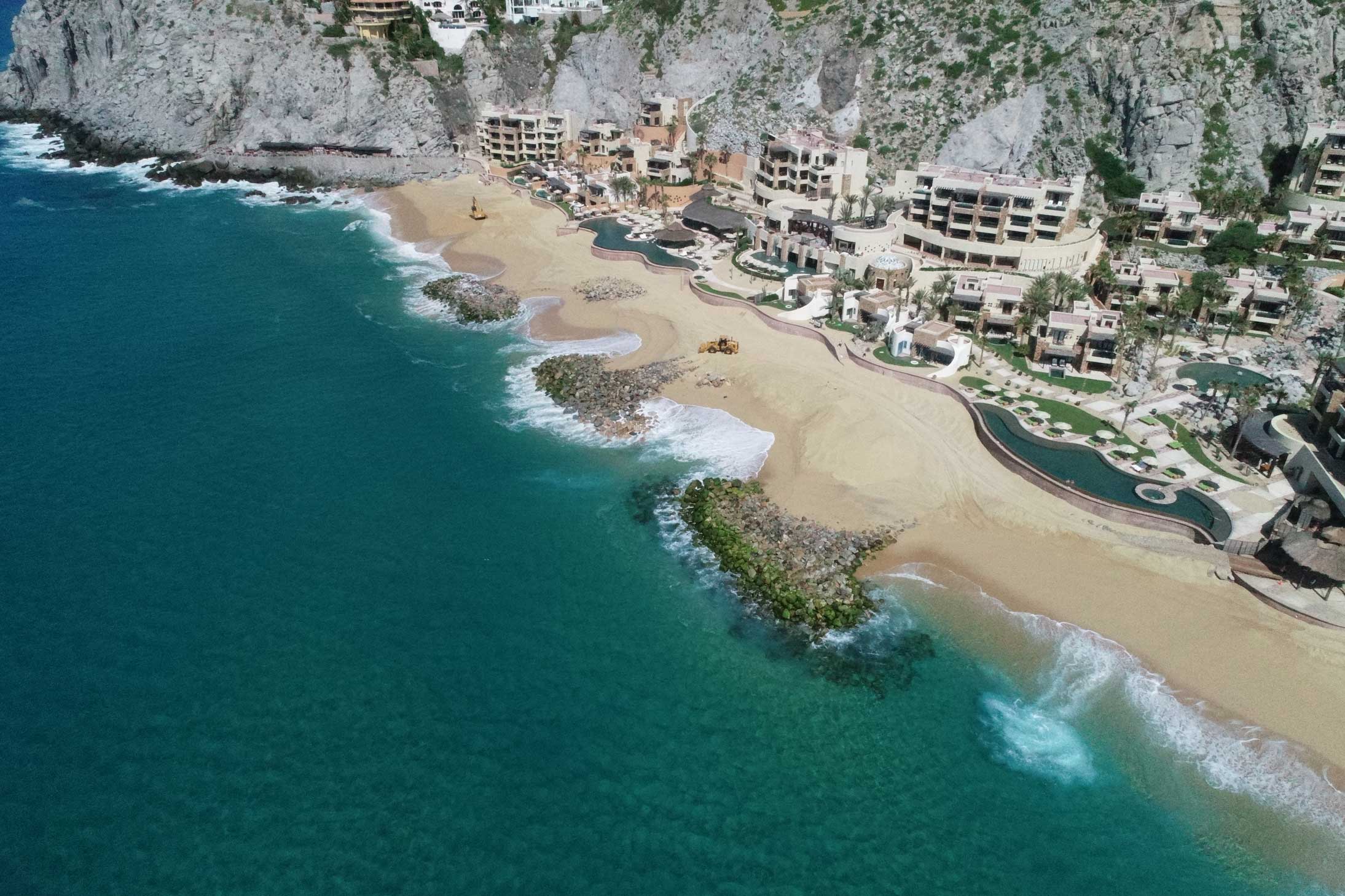Shore Protect Team Fundamentals Explained
Wiki Article
The smart Trick of Shore Protect Team That Nobody is Talking About
Table of ContentsThe Buzz on Shore Protect TeamAll About Shore Protect TeamThe Ultimate Guide To Shore Protect TeamThe Single Strategy To Use For Shore Protect TeamMore About Shore Protect TeamThe Definitive Guide for Shore Protect TeamExcitement About Shore Protect Team
Reduction in home value: As the location tourist is influenced by disintegration, so then is the economy. Buyers are much less most likely to search for a coastline home that can be destroyed at any minute by the upcoming flooding and disintegration emergency situation. Subsequently, building value can go down greatly and impact the entire area.Whether a beach is simply little and jampacked or needs to close completely for the safety of the community and nearby residential properties, this significantly impacts tourism. Subsequently, local economic situations are affected (https://www.adbritedirectory.com/Shore-Protect-Team_614426.html). Risk of injury: The enhanced threat of flooding and architectural failings causes a boosted danger of injury to close-by tourists and area members

is home to greater than 84,240 miles of coastline with 41% of it subjected to the open sea. Coastal engineers are in charge of shielding the shore against modifications by lessening the damaging effects of both natural and manufactured events. Coastline stablizing is directly pertaining to their task. Waterfront hotels: Since shoreline disintegration effects tourism, it impacts the success of waterside resorts.
Some Known Factual Statements About Shore Protect Team
Coastal industrial businesses: No vacationers means no organization. Coastal state parks: State parks that exist along coastlines are at risk of damages.Soft stabilization is a far better option for the atmosphere and even more sustainable overall. Tough stablizing makes use of manufactured frameworks as defense to regulate disintegration. Normally, these structures are installed at appropriate angles or alongside stop sand motion and minimize the force of waves. Many types of difficult stablizing like seawalls and sheet steel are not suitable for coastline stabilization.
The Ultimate Guide To Shore Protect Team
There's also not nearly enough proof of their effectiveness relying on the sort of coastline and regional conditions. Difficult stabilization methods have a tendency to be harder to set up and don't match the natural visual, sticking out like a sore thumb and hurting regional communities in several scenarios. Beach nourishment is the procedure of adding lost sand and debris back to beaches after disintegration has occurred.TrapBags help in the procedure of coastline nutrition by safeguarding natural ecological communities and enabling plants to expand. They're: Environmentally pleasant: You can use indigenous dirt both to surround and to fill the TrapBags.

Some Known Details About Shore Protect Team
Easy to install: Ease of installment means TrapBags can be released rapidly in the event of an emergency situation. They can likewise be installed with no hefty equipment. Affordable: TrapBags are perfect for both tiny and large locations of coastline. They offer a budget friendly solution to cover jobs of any type of size.Incorporated with a high building and construction price, this has led to enhancing use of other soft engineering seaside management options such as coastline replenishment. Seawalls are created from various products, many commonly enhanced concrete, stones, steel, or gabions. Other possible building and construction materials consist of plastic, wood, light weight aluminum, fiberglass composite, and naturally degradable sandbags constructed from jute and coir. The appropriate seawall style depends on location-specific facets, consisting of surrounding disintegration procedures. There are 3 major kinds of seawalls: upright, bent, tipped, and piles (see table below). A record released by the United Nations Atmosphere Programme (UNEP) recommends that the tsunami of 26 December 2004 triggered much less damage in the locations where natural obstacles existed, such as mangroves, coral reefs or seaside vegetation.
Natural obstacles, such as coral reefs and mangrove forests, stop the spread of tidal waves and the circulation of coastal waters and reduced the flood and surge of water. A cost-benefit technique is an efficient means to identify whether a seawall is ideal and whether the advantages deserve the expenditure.
The 4-Minute Rule for Shore Protect Team
A seawall is a static attribute which can contrast with the dynamic nature of the shore and hamper the exchange of sediment in between land and sea. Benefits and downsides of seawalls according to Short (1999) Advantages Disadvantages Lengthy term option in comparison to soft beach nutrition (https://users.software.informer.com/shrprtcttm/).
This can trigger coastlines to dissipate, rendering them useless for coastline goers. Normally, seawalls can be an effective way to regulate coastal erosion, however only if they are constructed well and out of products that can withstand the force of ongoing wave power. Some understanding is required of the coastal processes and morphodynamics details to the seawall location.
The Best Guide To Shore Protect Team
Integrated with a high building and construction price, this has actually caused raising use various other soft design seaside monitoring choices such as coastline replenishment. Seawalls are created from different materials, most typically reinforced concrete, rocks, steel, or gabions. Various other possible building materials include vinyl, timber, light weight aluminum, fiberglass composite, and naturally degradable sandbags made of jute and coir. The ideal seawall style depends on location-specific facets, including bordering erosion procedures. There are three major kinds of seawalls: vertical, curved, tipped, and mounds (see table below). A record published by the United Nations Environment Programme (UNEP) suggests that the tsunami of 26 December 2004 triggered much less damage in the areas where natural barriers were existing, such as mangroves, reef or coastal greenery.All-natural barriers, such as coral reefs and mangrove woodlands, stop the spread of tidal waves and the flow of seaside waters and alleviated the flooding and rise of water. A cost-benefit method is an effective method to establish whether a seawall is ideal and whether the advantages deserve the expenditure.
See This Report about Shore Protect Team
A seawall is a static attribute which can contrast with the dynamic nature of the coastline and hinder the exchange of sediment in between land and sea. Benefits and negative aspects of seawalls according to Short (1999) Benefits Drawbacks Lengthy term service in comparison to soft coastline nutrients.
This can create beaches to dissipate, rendering them worthless for coastline goers. Generally, seawalls can be a successful way to control coastal disintegration, but only if they are constructed well and out of products that can stand up to the force of ongoing wave energy.
Report this wiki page